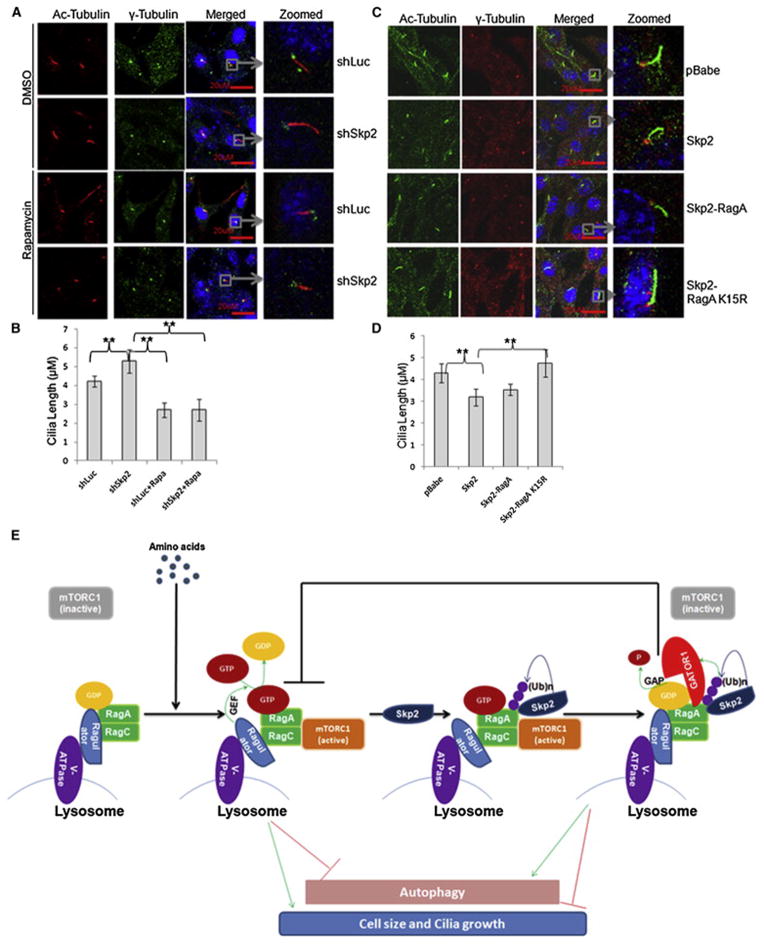Figure 7. Skp2-mediated RagA ubiquitination suppresses cilia growth through mTORC1 inhibition.
(A) Representative of cilia growth in control (shLuc) and Skp2 knockdown (shSkp2) NIH3T3 cells treated with DMSO or Rapamycin. (B) Statistic analysis of cilia length in (A). Quantitative data are represented as mean +/− S.D., ** indicates p<0.01. (C) Representative of cilia growth in NIH3T3 cells overexpressed with indicated proteins. (D) Statistic analysis of cilia length in (C). Quantitative data are represented as mean +/− S.D., ** indicates p<0.01. (E) Schematic model for the molecular mechanism and biological functions of the negative feedback regulation for amino acid-dependent mTORC1 signaling. Skp2-mediated K63-linked ubiquitination of RagA upon amino acid stimulation recruits GATOR1 complex to RagA and hydrolyze RagAGTP, thereby serving as a negative feedback to terminate mTORC1 signaling and prevent its hyperactivation. Such regulatory mechanism critically regulates multiple cellular functions, including cell size, cilia growth and autophagy. See also Figure S7.

